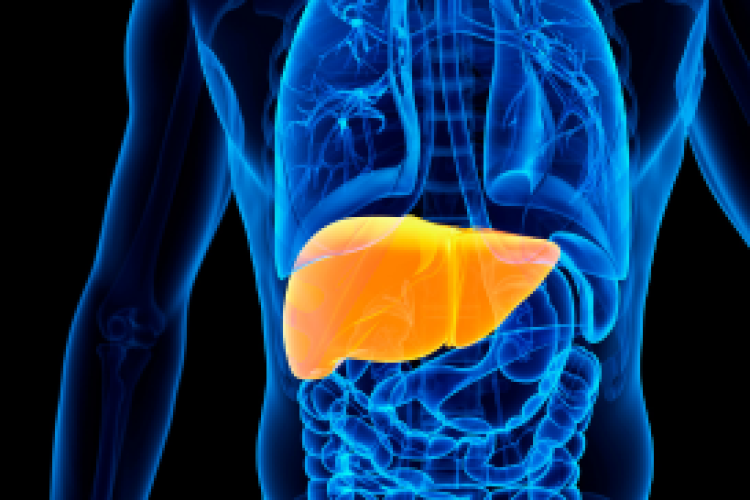
Early treatment can completely correct the problem
If you feel numbness, tingling and pain in your hand and forearm, you may be experiencing carpal tunnel syndrome (CTS). The condition occurs when one of the major nerves in the hand – the median nerve – is squeezed or compressed as it passes through the wrist.
In most people with CTS, the condition gets worse over time. If it is left untreated for too long, it can lead to permanent damage to the hand. This can include loss of sensation in the fingers and weakness. This is why it’s important to diagnose and treat carpal tunnel syndrome early, according to Doron Ilan, M.D., Hand Surgeon at Montefiore Nyack Hospital and Co-Medical Director of the Montefiore Einstein Comprehensive Orthopedic and Spine Center. “If treated early CTS is often completely correctable,” he said.
CTS Causes
The carpal tunnel is a narrow passageway in the wrist, about an inch wide. An estimated 3-6% of the population has carpal tunnel syndrome, Dr. Ilan said.
Many people assume CTS is caused by the overuse of computers. However, in most cases, CTS is just part of the normal aging process, according to Dr. Ilan. “As we age, the carpal tunnel can get smaller and/or its contents can enlarge.”
Other factors that can contribute to CTS risk include:
- autoimmune disorders (such as rheumatoid arthritis, lupus or gout)
- diabetes
- fluid retention due to pregnancy or menopause
- fractures or trauma to the wrist
- bone spurs/osteoarthritis in the wrist
- thyroid disorders
Symptoms
Symptoms may include pain and tingling of the fingers and hand, which often gets worse at night. The pain can radiate to the forearm and even sometimes up to the shoulder. In more advanced cases, true numbness of the fingers and/or weakness can occur. In severe cases, the muscle at the base of the thumb can shrink, making it hard or impossible to pinch the thumb against other fingers.
Diagnosis and Treatment
The doctor may diagnose CTS based on a person’s medical history and a physical exam. Nerve testing and ultrasound may be used to confirm whether you have CTS or another condition with similar symptoms (such as a pinched nerve in the neck).
Non-surgical treatment may include:
- Corticosteroid injections (to reduce swelling in the carpal tunnel)
- Wearing a wrist brace while sleeping to help reduce night symptoms
- Medications such as nonsteroidal anti-inflammatory drugs like ibuprofen or naproxen to help relieve pain and inflammation
- Surgery
If non-surgical treatments are not working for CTS, your doctor may recommend surgery. There are two basic types of CTS surgeries to enlarge the carpal tunnel: endoscopic surgery or open surgery. They are performed on an outpatient basis.
For endoscopic surgery, the doctor makes one or two smaller skin incisions and uses a miniature camera, or endoscope, to see inside your hand and wrist. For open surgery, the surgeon makes a small incision at the base of the palm on the hand and views the inside of your hand and wrist through this incision.
“Both types of surgery have proven successful with high rates of satisfaction, safety and effectiveness,” Dr. Ilan says. Recovery from either surgery is relatively short. Most people can use their hand for light activity within a few days. “Although mild soreness can last for one to three months, most patients get back to their normal life activity fairly quickly,” he says.
To schedule an appointment or consultation at Montefiore Einstein Comprehensive Orthopedic & Spine Center, call 845-358-1000. For more information, visit montefiorenyack.org/orthopedic-spine.



 Upcoming Events
Upcoming Events



